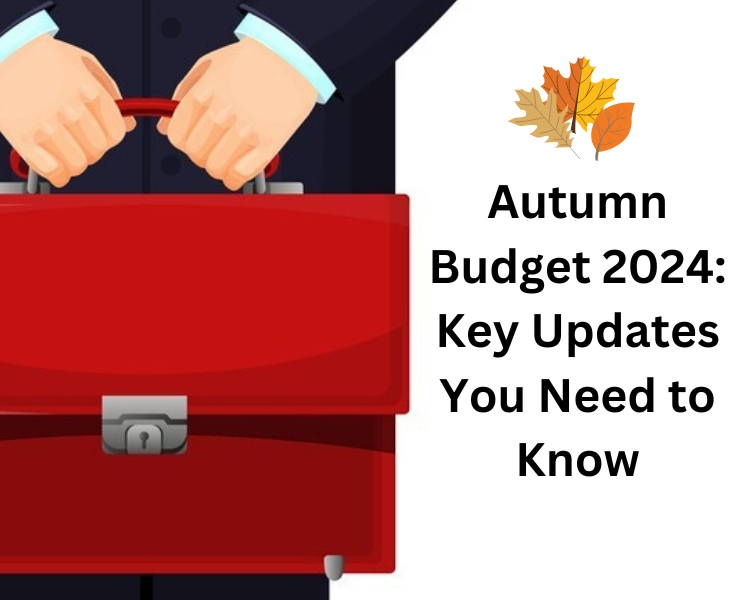Top 5 R&D Considerations
Research & Development Tax Relief (R&D) is a government-backed incentive that allows innovative companies undertaking qualifying development projects to claim significant additional deductions against their taxable profits or, under certain circumstances, claim a cash repayment from HMRC.
Companies claiming, or looking to claim R&D should consider the following to ensure they maximise the relief available and speed up the receipt of any refunds.
1. Consider the Repayable Credit Cap:
For accounting periods beginning on of after the 1st April 2021, HMRC have introduced a limit to the amount of payable R&D tax credit which a SME can claim to £20,000 plus 300% of its total Pay as you Earn (PAYE) and National Insurance Contributions (NICs) liability for the period.
Companies who only or mainly use subcontractors to undertake their R&D activities could see a large reduction in the amount of repayable credit that they are entitled to claim and so may want to consider hiring employees instead.
2. Consider the Subcontractor Limit:
Under the SME scheme, companies who engage subcontractors to undertake R&D activities on their behalf can only include a maximum of 65% of the total subcontractor costs in their R&D claim.
By comparison, up to 100% of employee costs can be claimed, so again this should be considered when staffing projects.
3. Consider how Director/Shareholders are paid:
For owner-managed companies, a common form of tax planning for Director/Shareholders involves drawing most of their income as dividends, due to the lower personal tax rates applied.
However, for a company undertaking R&D, dividend costs cannot be included in a claim, so will attract no relief.
Instead, they should consider the overall tax implications from taking a salary, as the percentage of their salary expenses attributable to R&D would be eligible for tax relief.
4. Claim a refund, or carry forward losses?
When making a claim under the SME scheme a qualifying company calculates an additional deduction for tax purposes (the ‘enhanced deduction’). If, after factoring in the enhanced deduction, the company is in a loss-making position, then it can choose whether to ‘surrender’ all or part of the available loss for a cash refund from HMRC or carry the loss forward to be offset against future profits.
Currently, losses are surrendered for refunds at a rate of 14.5%. The corporation tax rate by comparison is currently 19%, so if a company is expecting to be profit making in the near future then it could save more tax in the long run by not surrendering the loss for a refund and instead carrying it forward.
5. Obtain R&D Advance Assurance from HMRC:
SMEs about to undertake a new R&D project can choose to apply for Advance Assurance from HMRC, which is used to give companies a guarantee that any R&D claims will be accepted if they are:
in line with what was discussed and agreed
claimed within the first 3 accounting periods
Whilst you can still claim for R&D if you didn’t apply for Advance Assurance, the whole process for claiming is quicker and less bureaucratic with assurance, as you don’t need to compile an in-depth R&D project report at the end of each accounting period and the claims are automatically accepted by HMRC once submitted.
Business owners also benefit from the reassurance of guaranteed future claims which may also assist in seeking further investment.
How Can We Help:
Regardless of the size of your business, R&D Tax Relief offers a great opportunity for innovative companies to reduce their corporation tax bill or to get a tax rebate from HMRC.
If you’re considering claiming and want to find out how to maximise the relief available then contact ChadSan to arrange a call with our R&D tax specialist.
You can call Sean Hookins on 01483 802 088 or email him at sean.hookins@chadsan.com.




